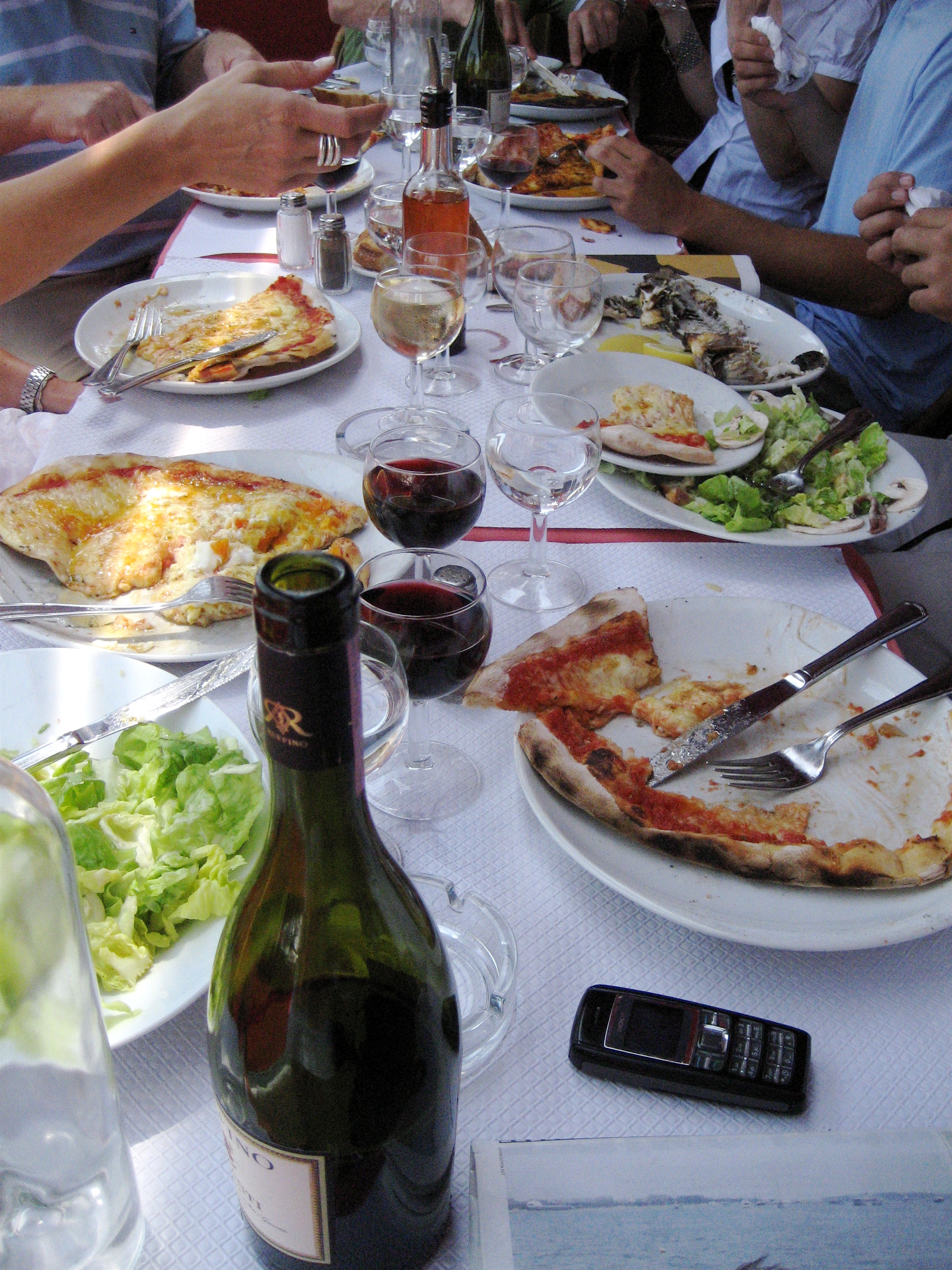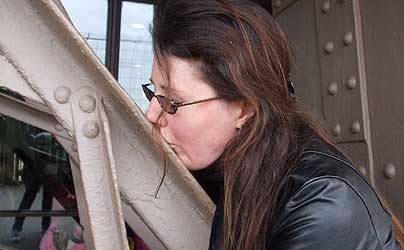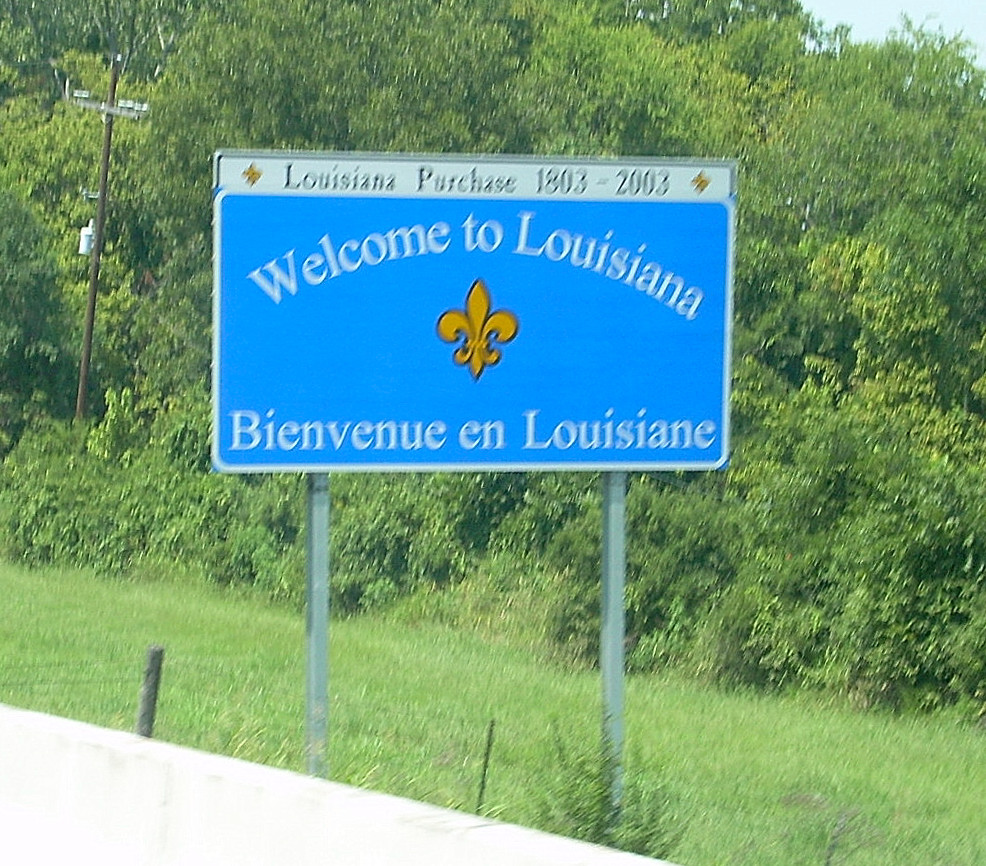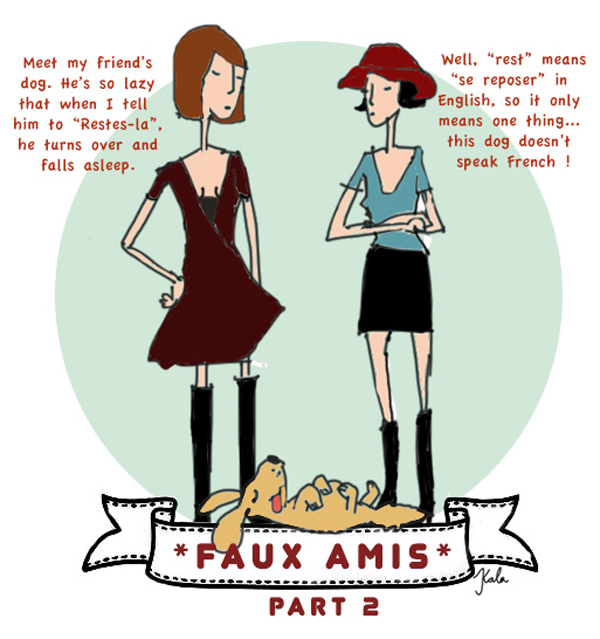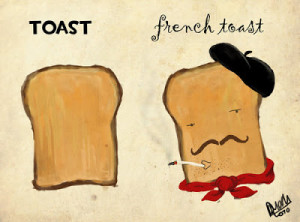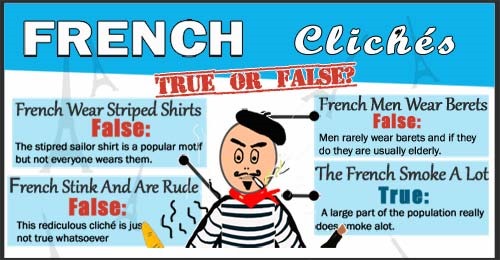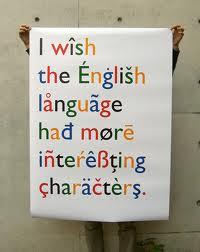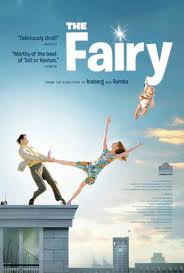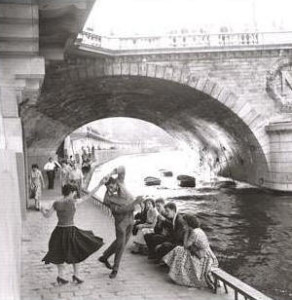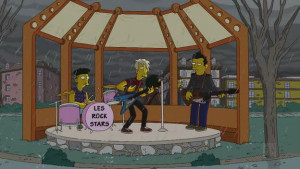Bon Appétit!
Posted on October 22nd, 2013 by Jonah Arellano in Uncategorized | No Comments »
The easiest place to commit a faux pas is at the dinner table; if in one’s own country it can be easy to overlook a few rules here and there, imagine how easy it must be to make a manner misstep in another country. Even if you are well versed in the art of etiquette, it’s important to note that your table manners may not translate as well as you’d hoped. Show how much you respect French culture and appreciate the hospitality of your hosts by taking the time to learn a bit about etiquette and honouring good food with even better manners. I know it seems like one more thing to learn in a list of hundreds that may not seem very important at first glance, but consider that French cuisine is held as an international standard for excellent food—at this point, it’s basically a stereotype—meet those high standards by conducting yourself accordingly.
While bringing an unexpected guest to a meal in your culture may be ok—the more the merrier, right—this isn’t always the case in France. Generally it’s better to err on the side of politeness and ask your host/hostess ahead of time in case the food preparation needs to be adjusted. If you get permission to bring a friend along don’t show up without one, lest you be in danger of annoying your host who may have made extra food for your guest. While on the subject, you should always offer to bring something (other than a guest) like wine or flowers.
What time to arrive at a meal is debatable, ranging between “right on time” and bordering on what I would consider rude. I suggest the middle ground of showing up about 10 minutes (fashionably) later than the designated time with your gift in hand. If you’re going to be detained later than ten minutes, call your host and explain.
Idle Hands
Aren’t sure what to do with your hands? Keep them on the table. It’s considered rude to sit at the table with your hands in your lap. Remember that this in-plain-sight rule doesn’t extend to elbows, keep them off the table.
Speaking of hands, generally it’s considered very rude to eat anything, even “finger foods”, without a fork. This is especially difficult for me as a Mexican because, in regards to my own culture, some foods must be consumed with the hands or else you’ll come off looking snobbish and rude. Do what I do and just bear with it. If you put in an effort, you’ll be likely to get away making a mistake here and there.
Using the Right Tools for the Job
 Utensil etiquette in France is Continental—the fork is held in the left hand and the knife in the right while eating. If you’re eating salad, don’t cut the lettuce with a knife; just fold it onto the end of your fork.
Utensil etiquette in France is Continental—the fork is held in the left hand and the knife in the right while eating. If you’re eating salad, don’t cut the lettuce with a knife; just fold it onto the end of your fork.
Bread will always be served with your meal. If you have no bread plate, the bread rests on the table cloth and not on your plate. There is also a manner in which you should eat bread: tear off the bread piece by piece.
Hopefully this short list will help you become more aware of your eating behavior, and inspire you to adjust it to fit that of the French culture if you need to. The best etiquette tip I can give you is to follow the leader. If you do this by observing your host carefully, you will almost never offend your French friends’ sensibilities. Bon Appétit!
How do these rules differ from what you consider good etiquette? Do you have any other French dining tips?



